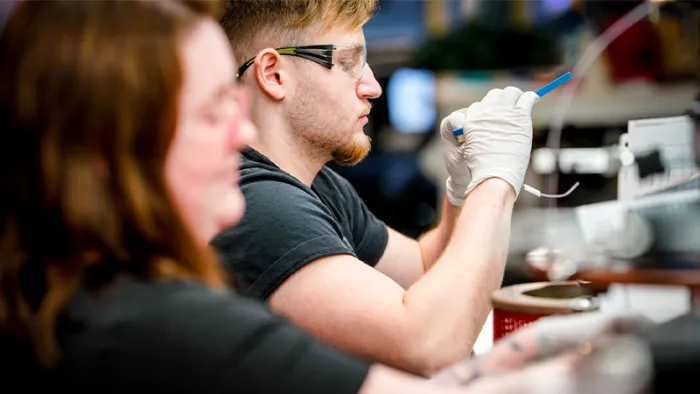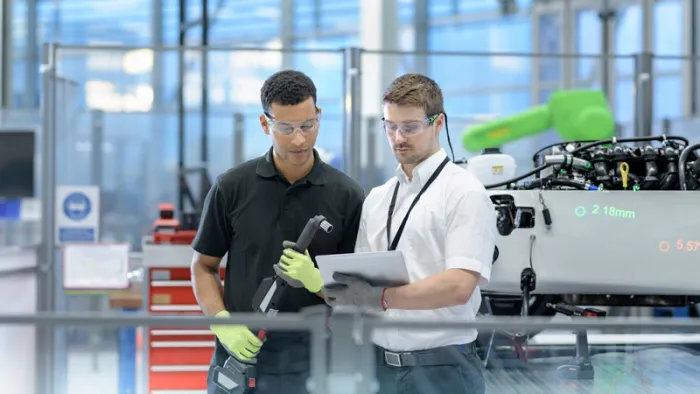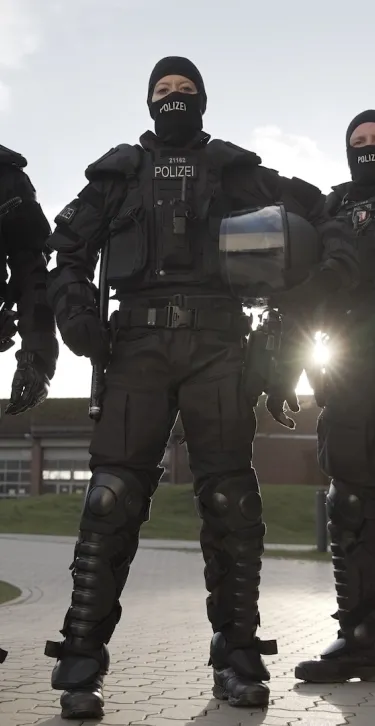
Fire & Rescue and Law Enforcement
Built for the most demanding environments, GORE-TEX® Professional Fabrics enable wearers to stay safe and engaged.
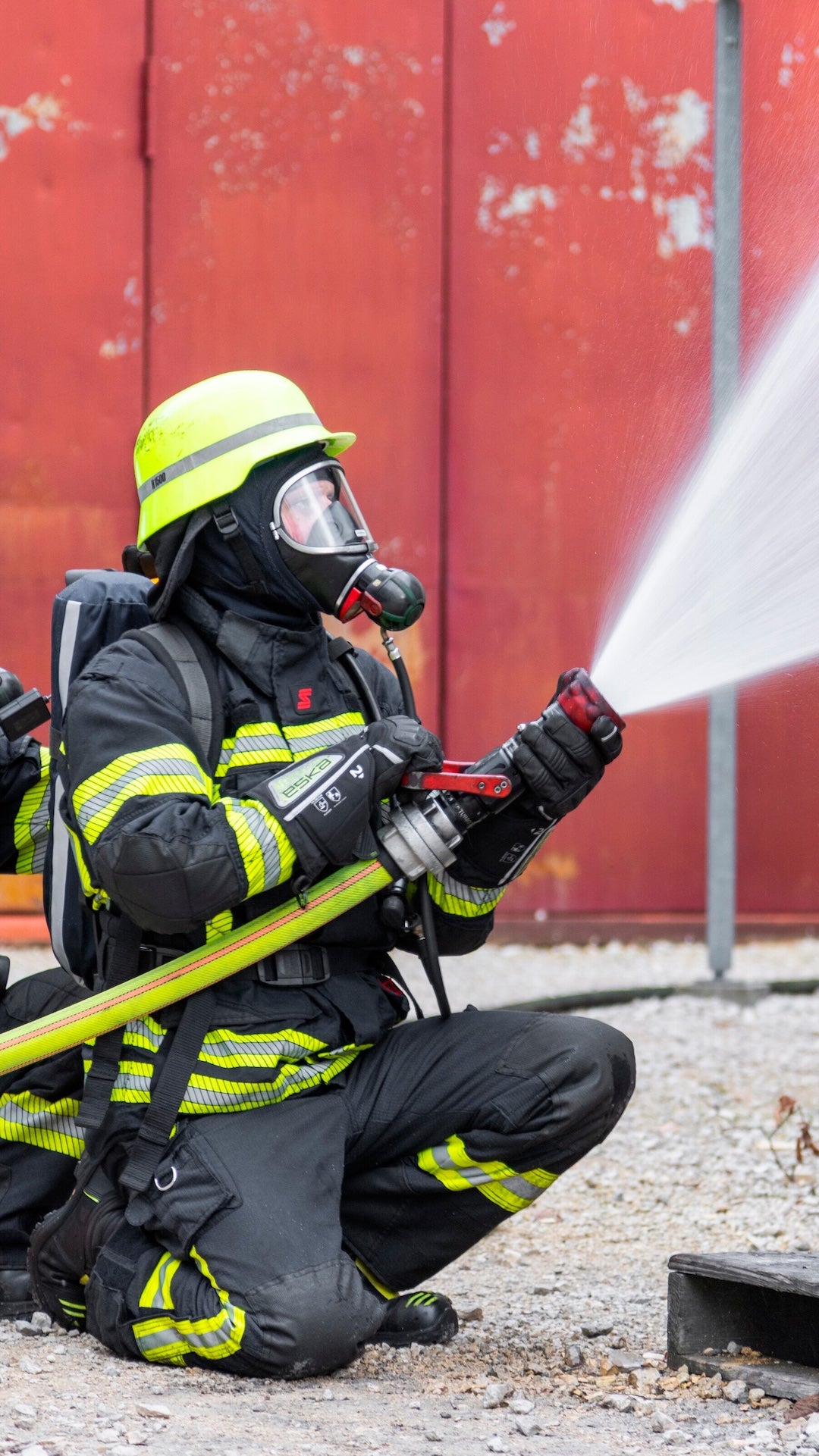
GORE-TEX® Professional Fabrics deliver advanced, breathable protection to firefighters, law enforcement, and emergency responders.
For over 35 years, Gore has been at the forefront of developing protective fabrics that meet the rigorous demands of fire and public safety professionals. Our GORE-TEX® Professional Fabrics are designed to provide a balance of durable protection and comfort, enabling responders to perform their duties effectively.
In firefighting applications, our fabrics offer superior breathability and thermal stability, helping to manage heat stress while resisting liquid penetration from water, blood, and common chemicals. For law enforcement, GORE-TEX® Products, PYRAD® and WINDSTOPPER® Products by GORE-TEX LABS® provide lightweight protection, ensuring comfort during extended periods of duty.
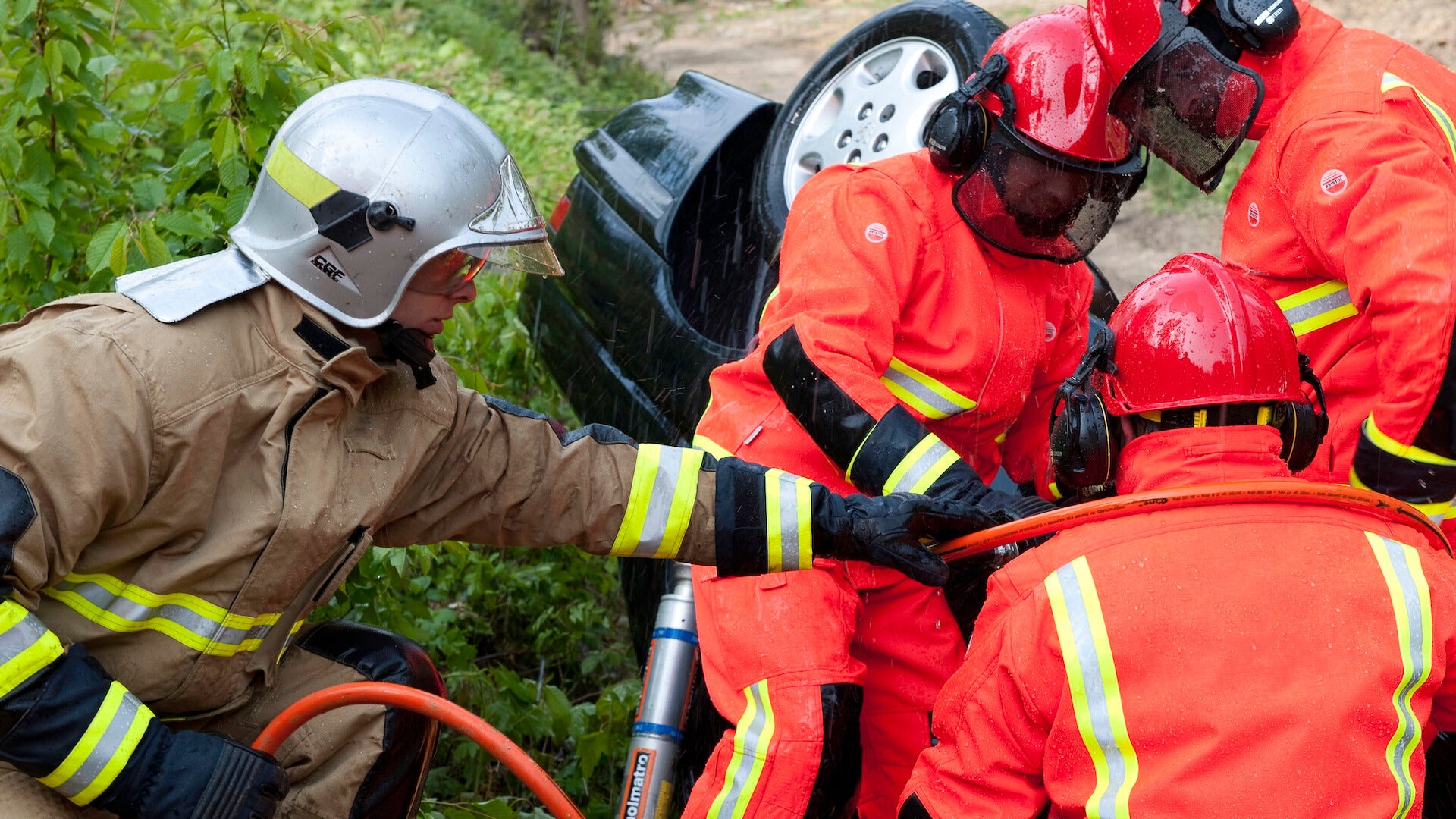
Our commitment to innovation ensures that protective gear made with GORE-TEX® Fabrics not only meets but often exceeds global performance standards, providing reliable protection when it's needed most.
